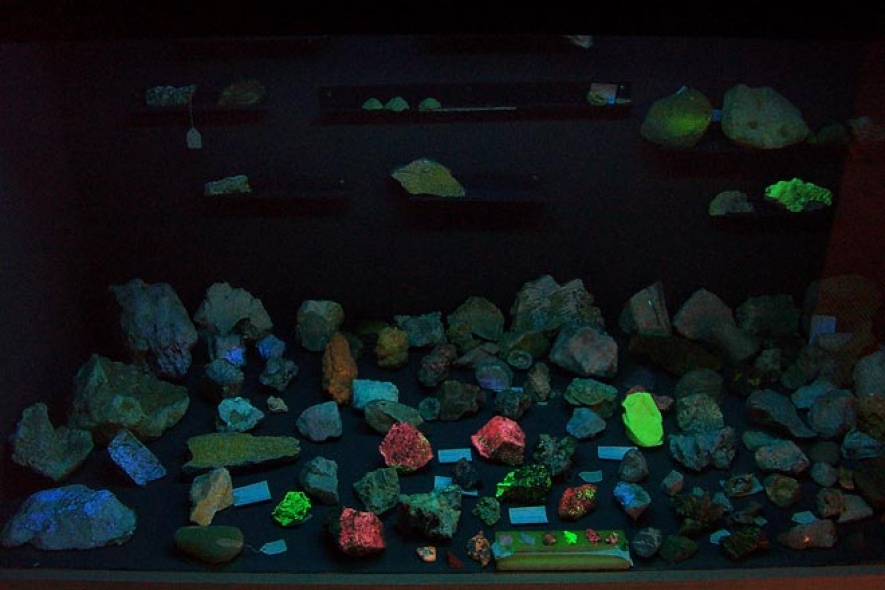The Gama ray spectrometer that is worth over Rs 8 million has been donated to the project by the International Atomic Agency (IAA).Under the guidance of the GSMB Chairman Asela Iddawela, the project is to cover the entire land area at a cost of little more than Rs 100 million and would be funded through its annual budgetary allocations.
The GSMB had already completed the survey in two out of 21 sheets of 1: 100,000 scale island map that includes Kandy and Matale districts. The second phase of the survey is to conduct in Elpitiya and suburban areas in Tuesday (31).
GSMB Senior Director Udaya de Silva said the survey will identify Nuclear Raw Materials including Monazite, Lanthanum, Cerium, Thorite and Thorianite.He said that although the car-born method is less efficient it was very cost effective comparing to air-born method.
Australia based Margosa Graphite Ltd (Margosa), together with Lanka Resources and Mining (Pvt) Ltd (LRM) in last year commenced a joint Electro Magnetic (EM) survey to search for new graphite deposits in Sri Lanka using air-born data. However, it was learned that this was the first attempt to use Car-born Gama Ray Spectrometer to identify radioactive anomalous areas in the country.Mr. de Silva said that in 1918 to 1922 Monazite was found in Kaikawala Beach at Bentota and they were sold to foreign countries then due to their expensiveness.




















